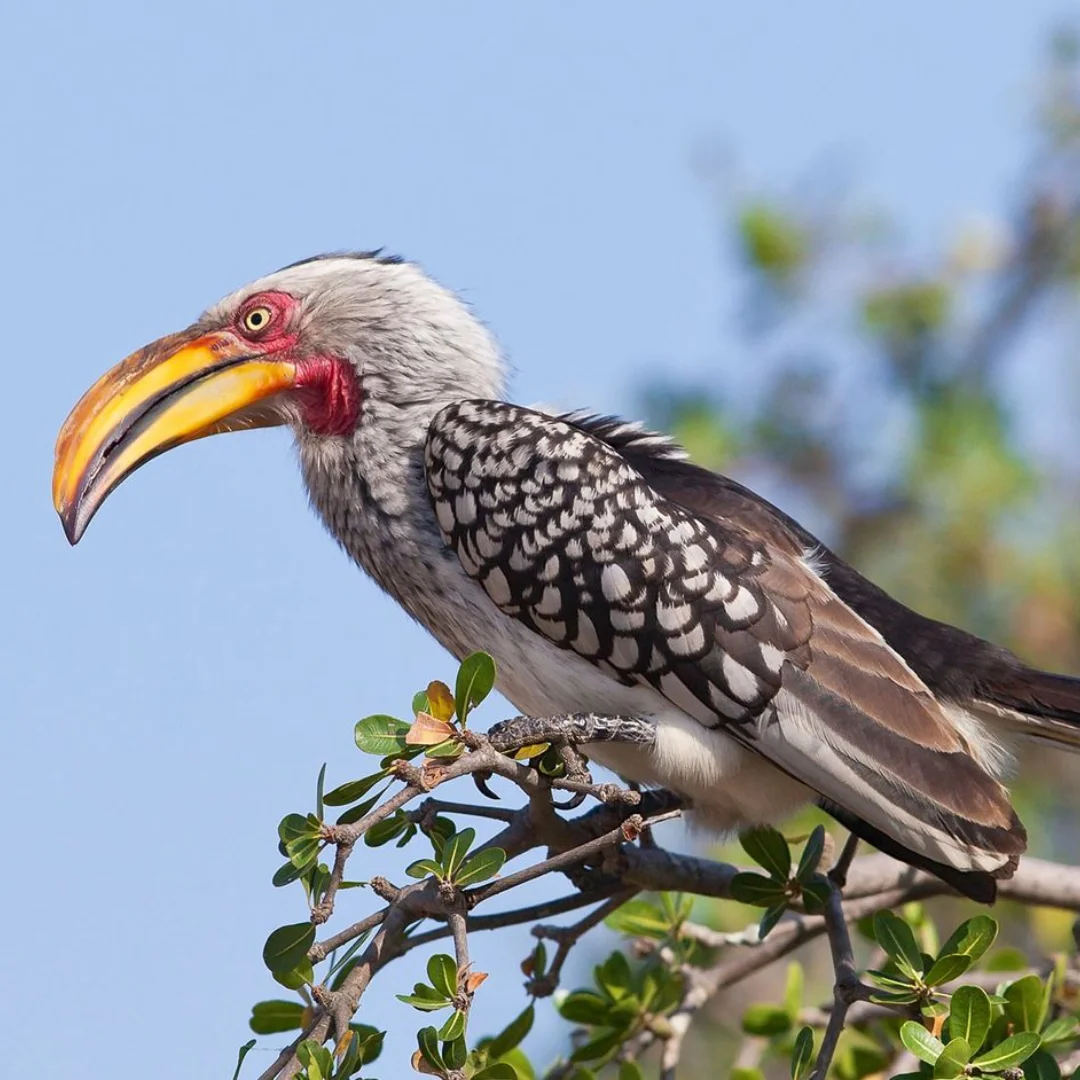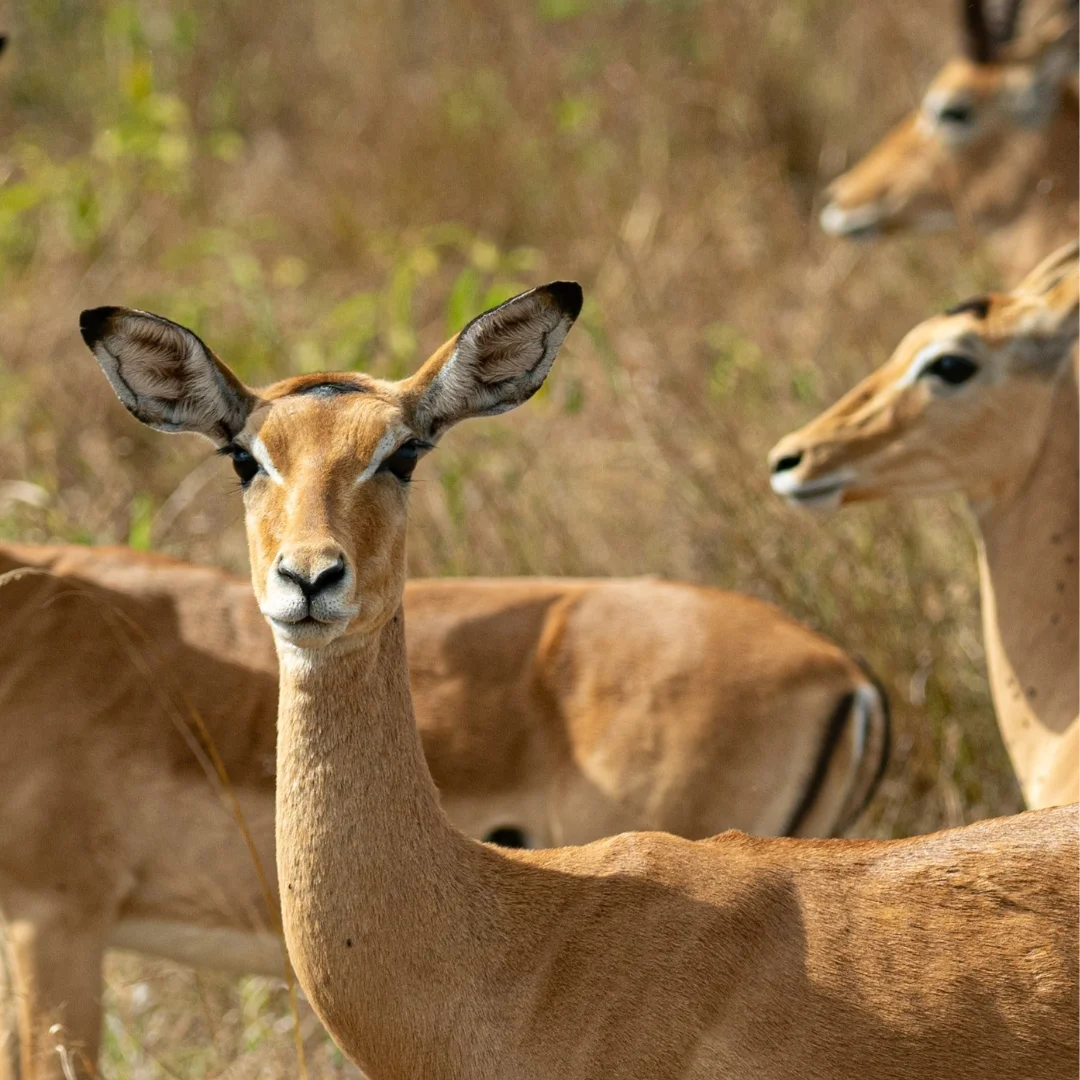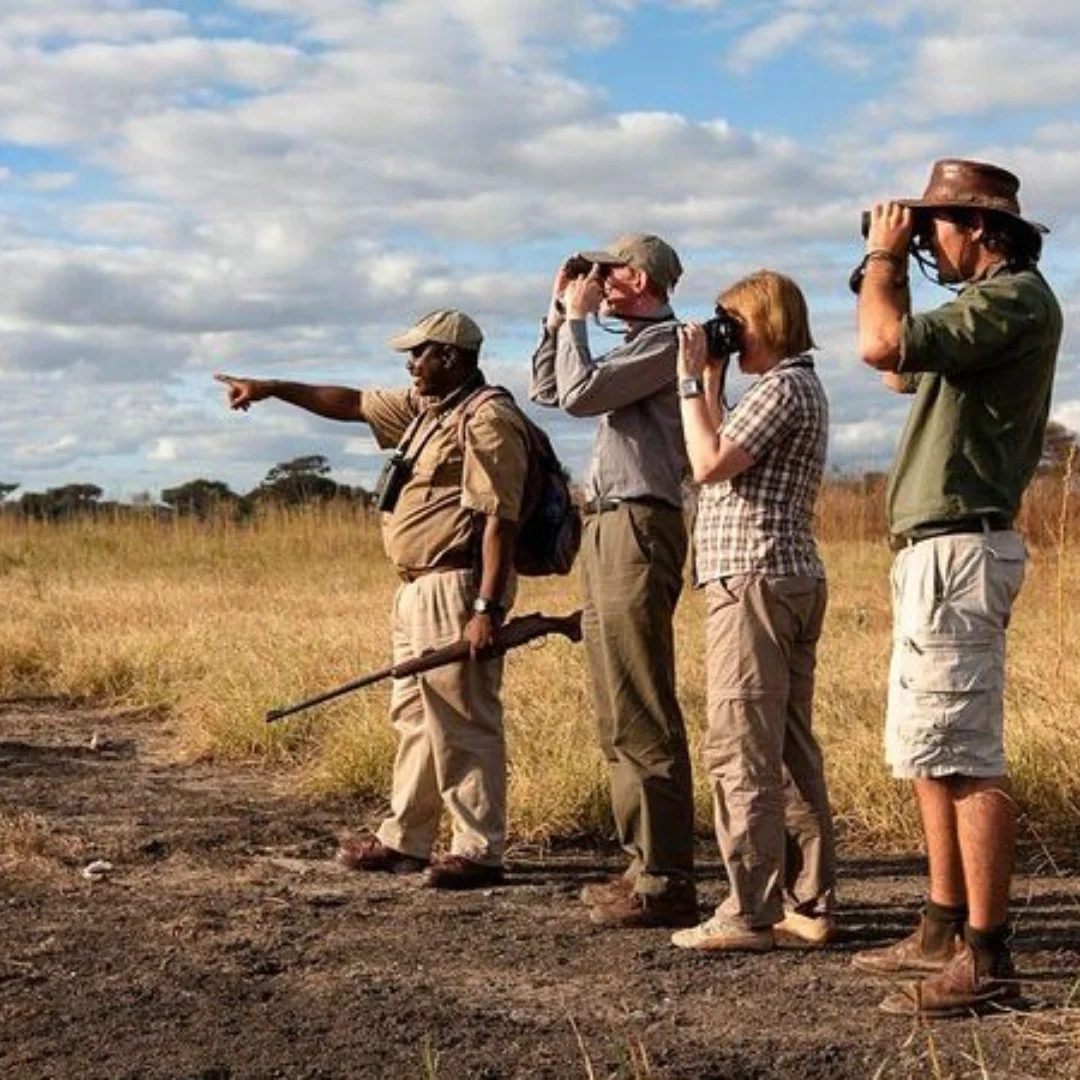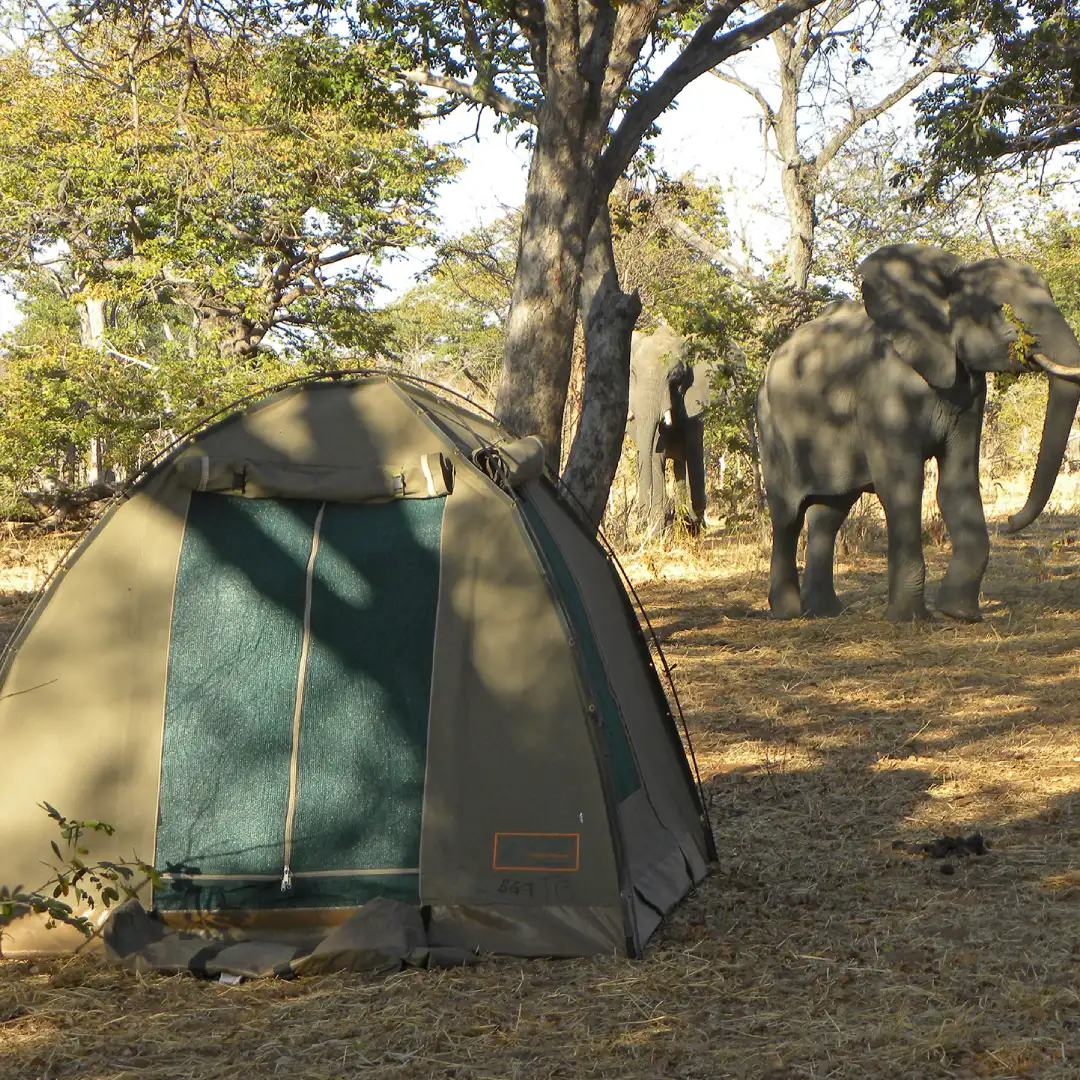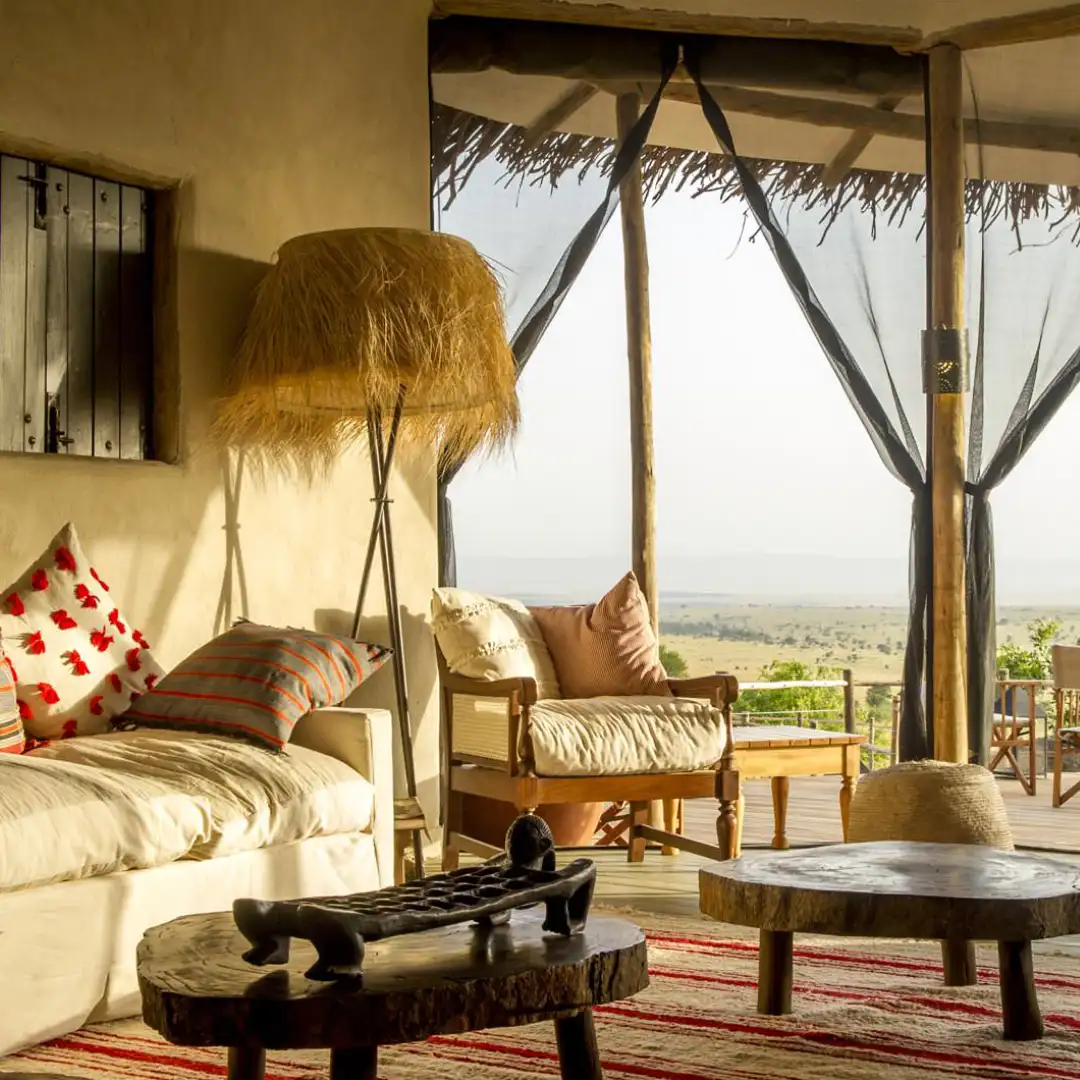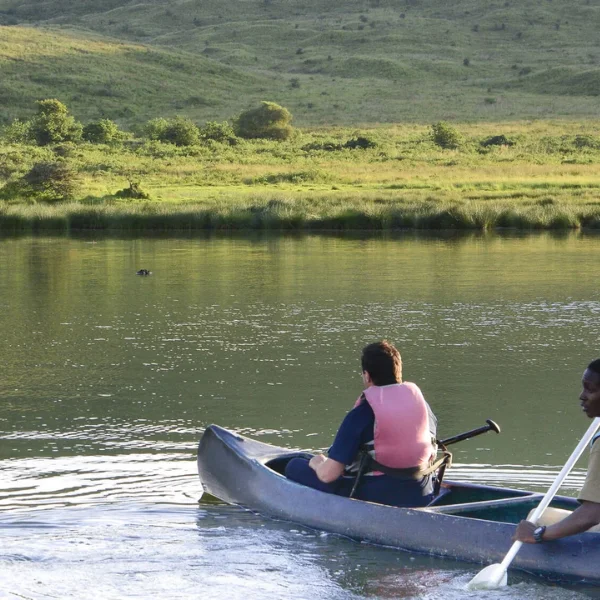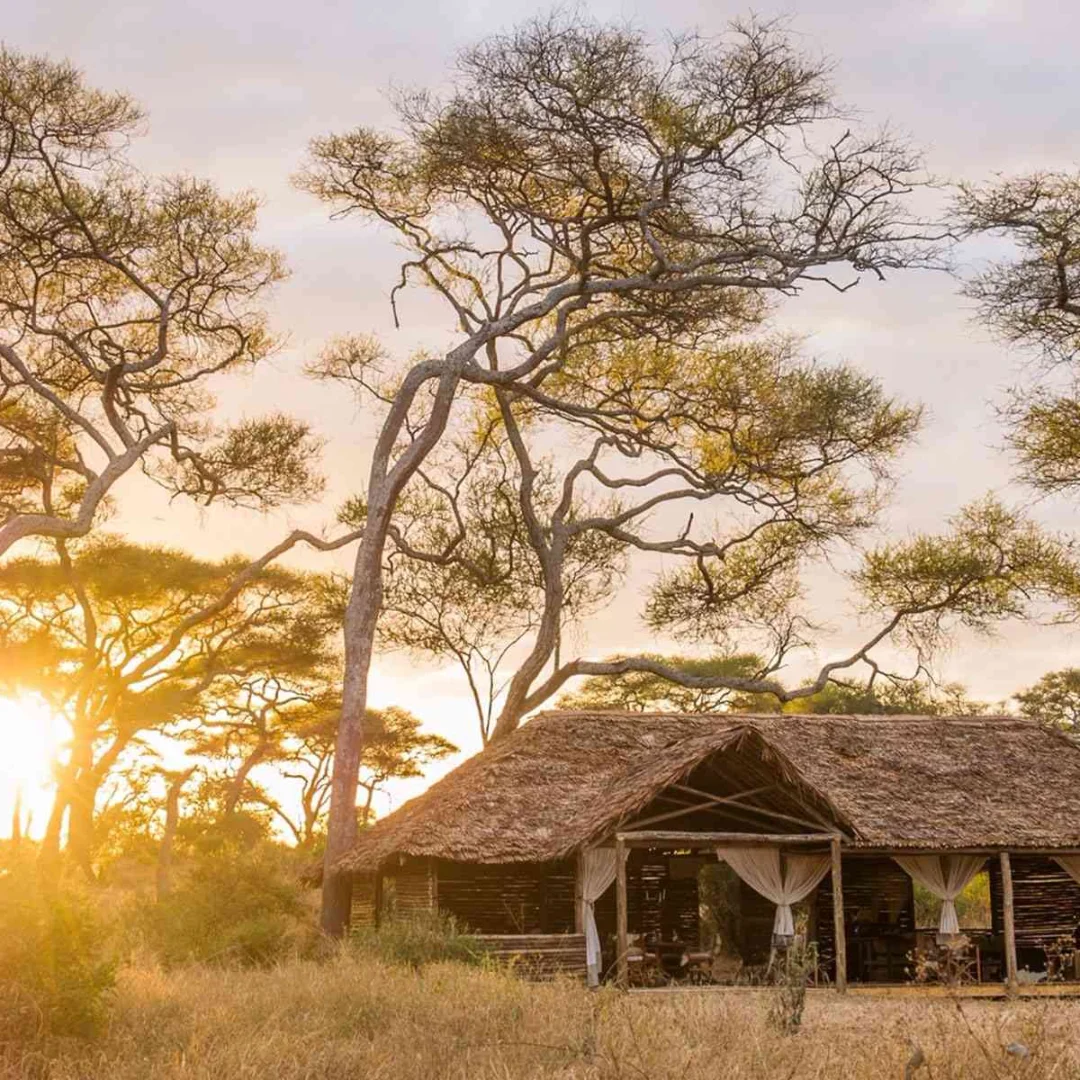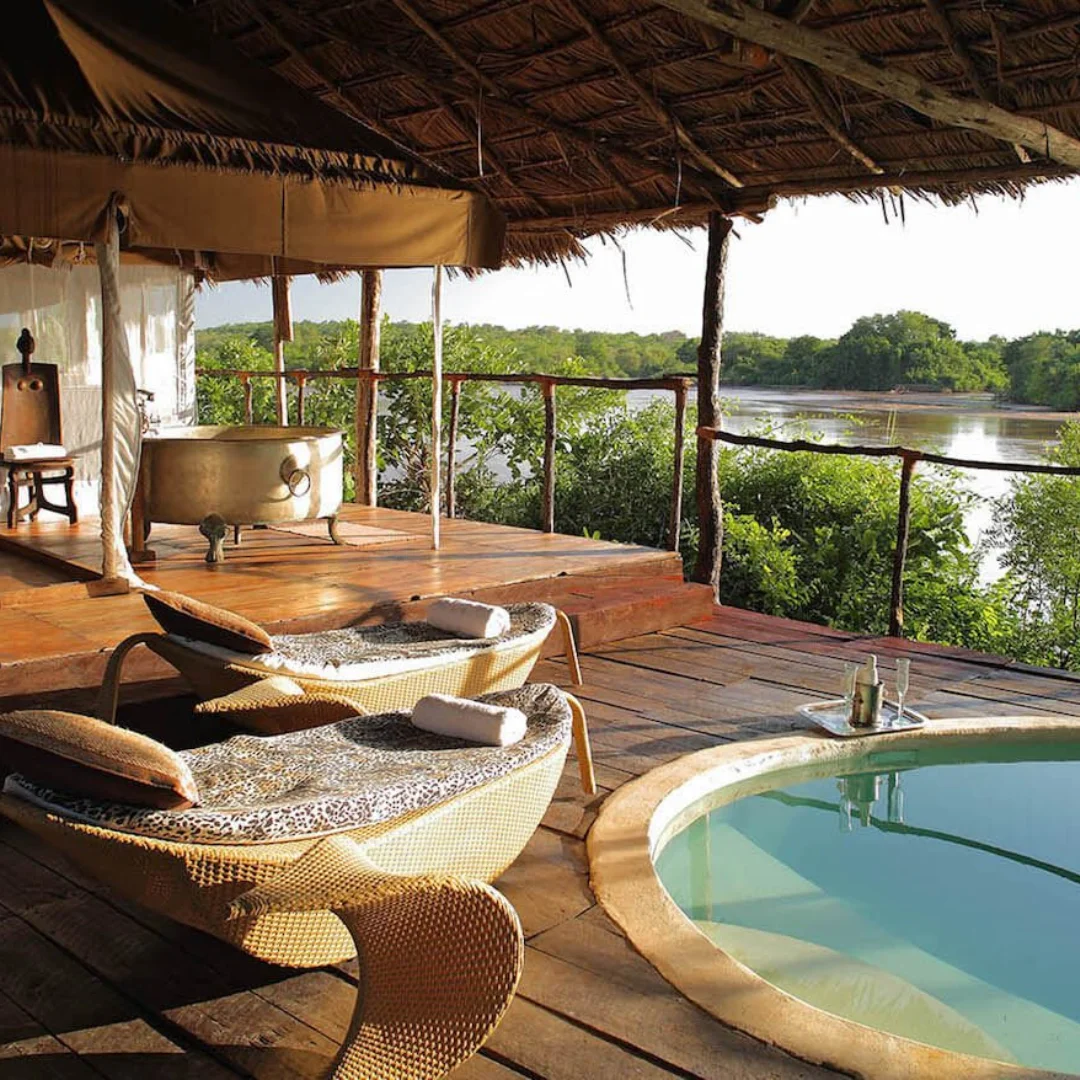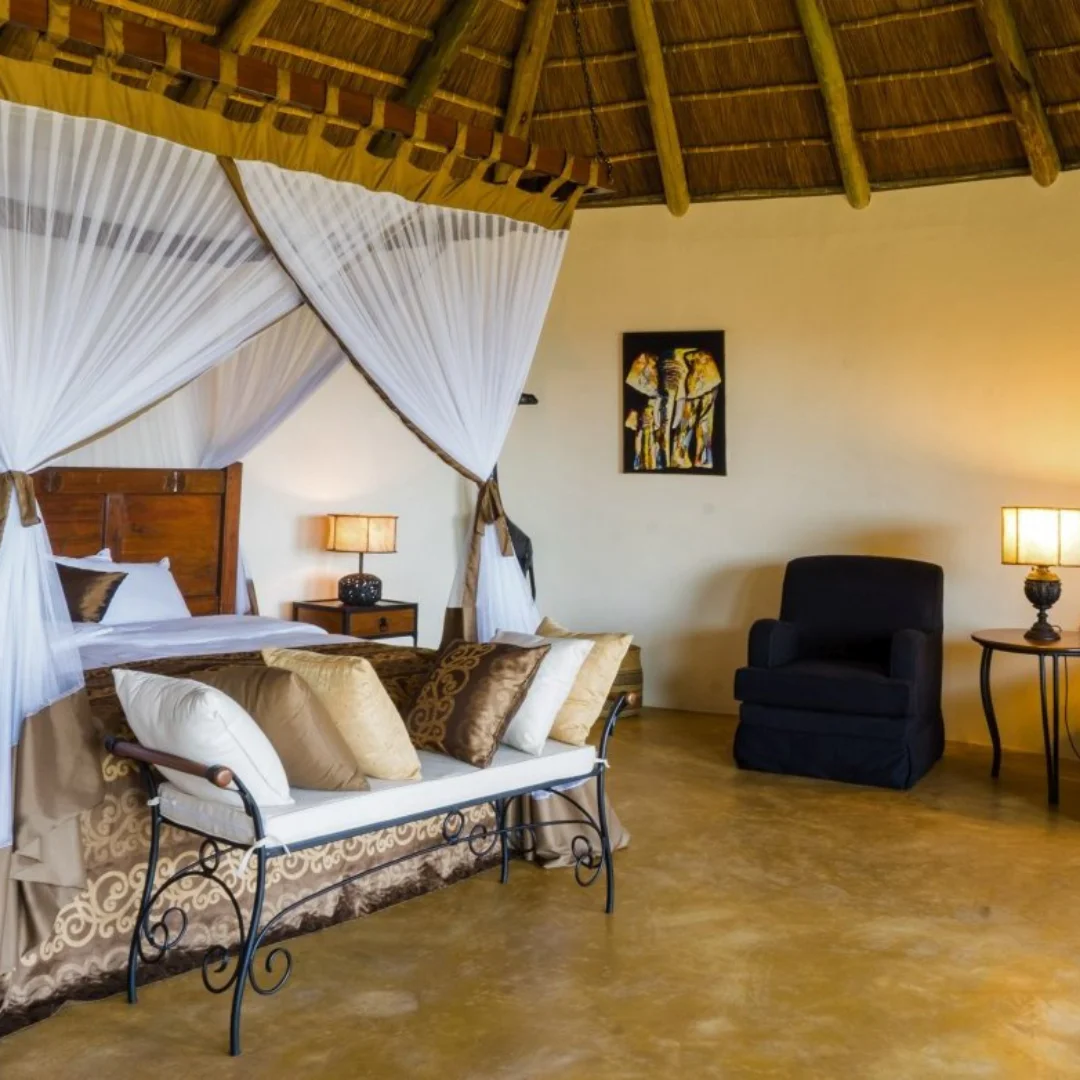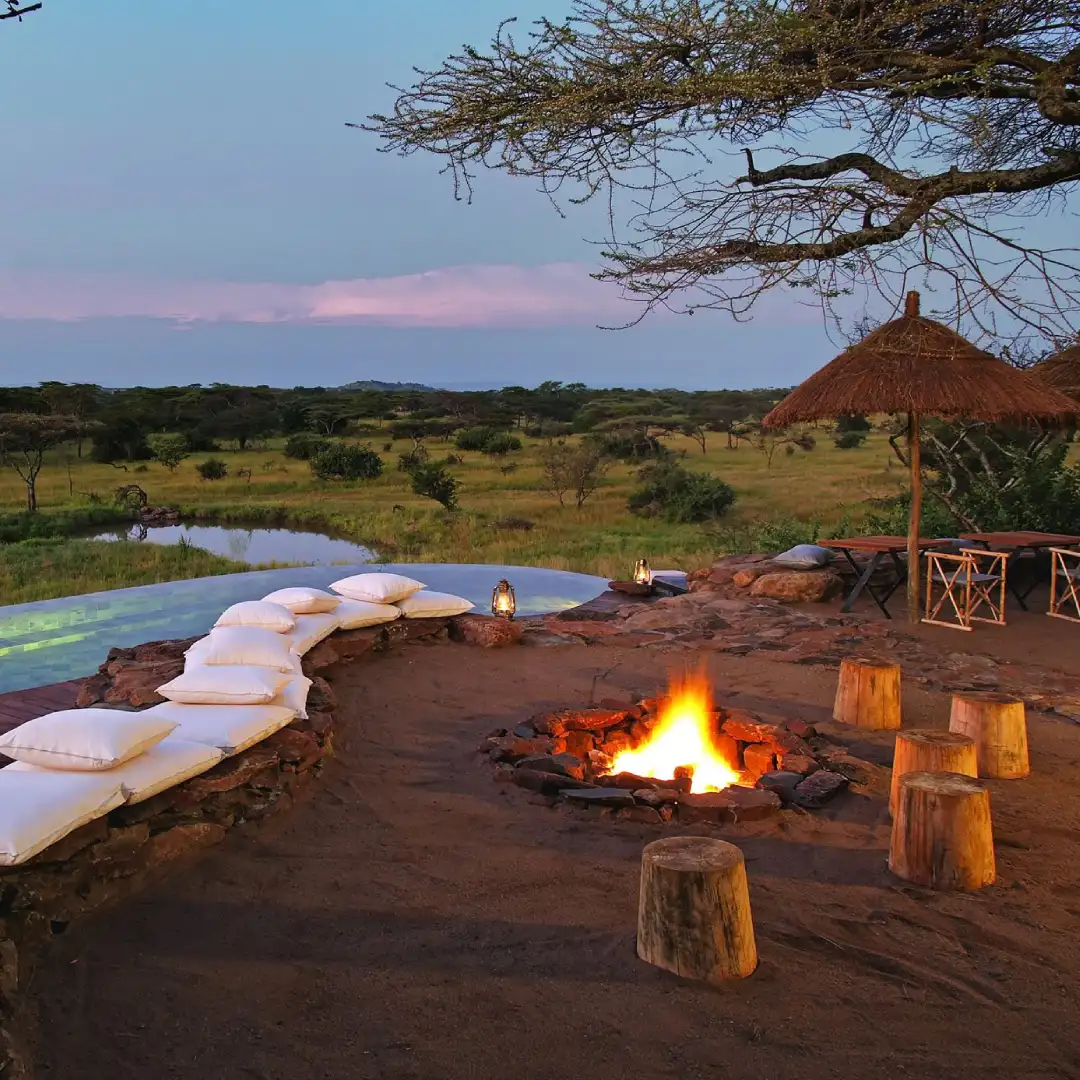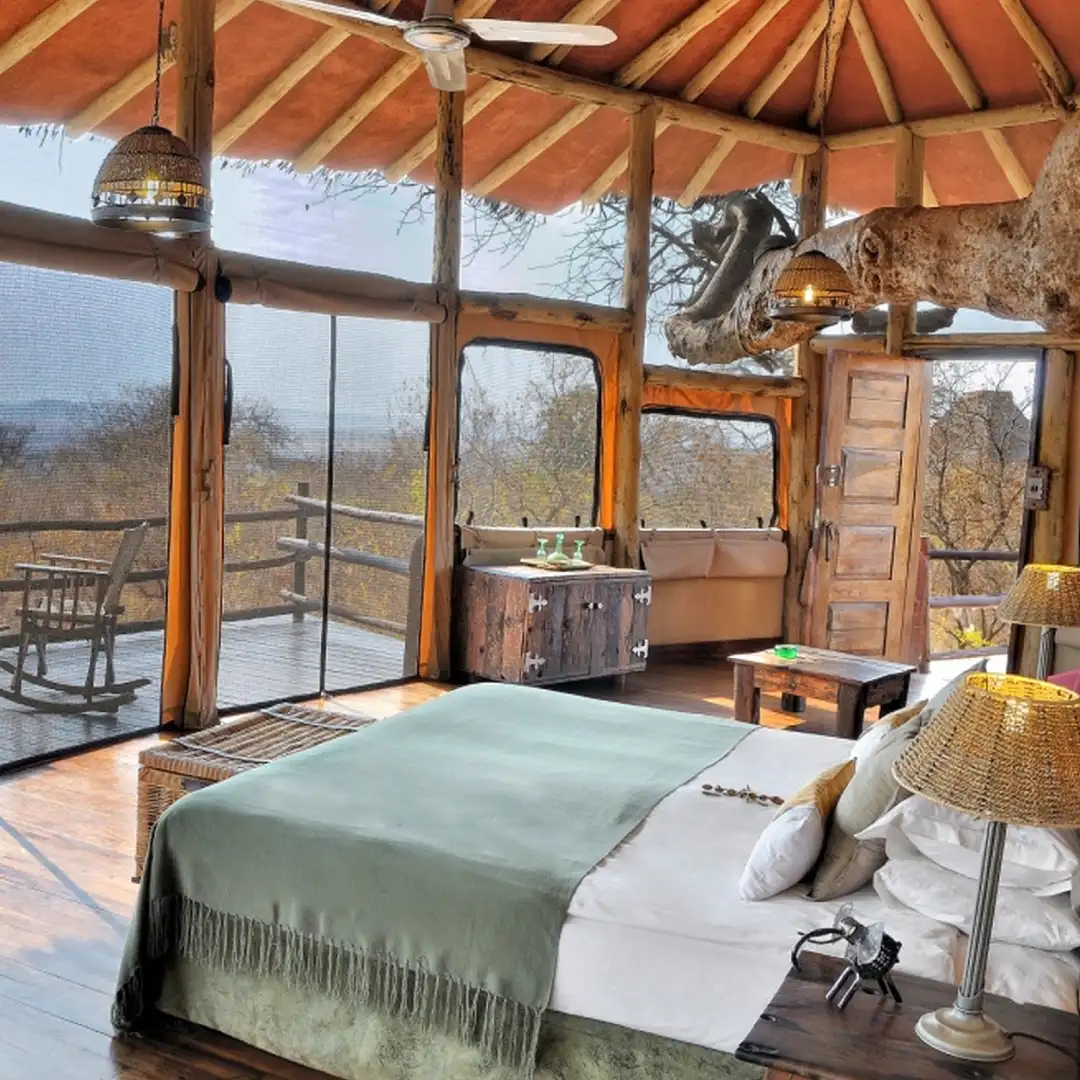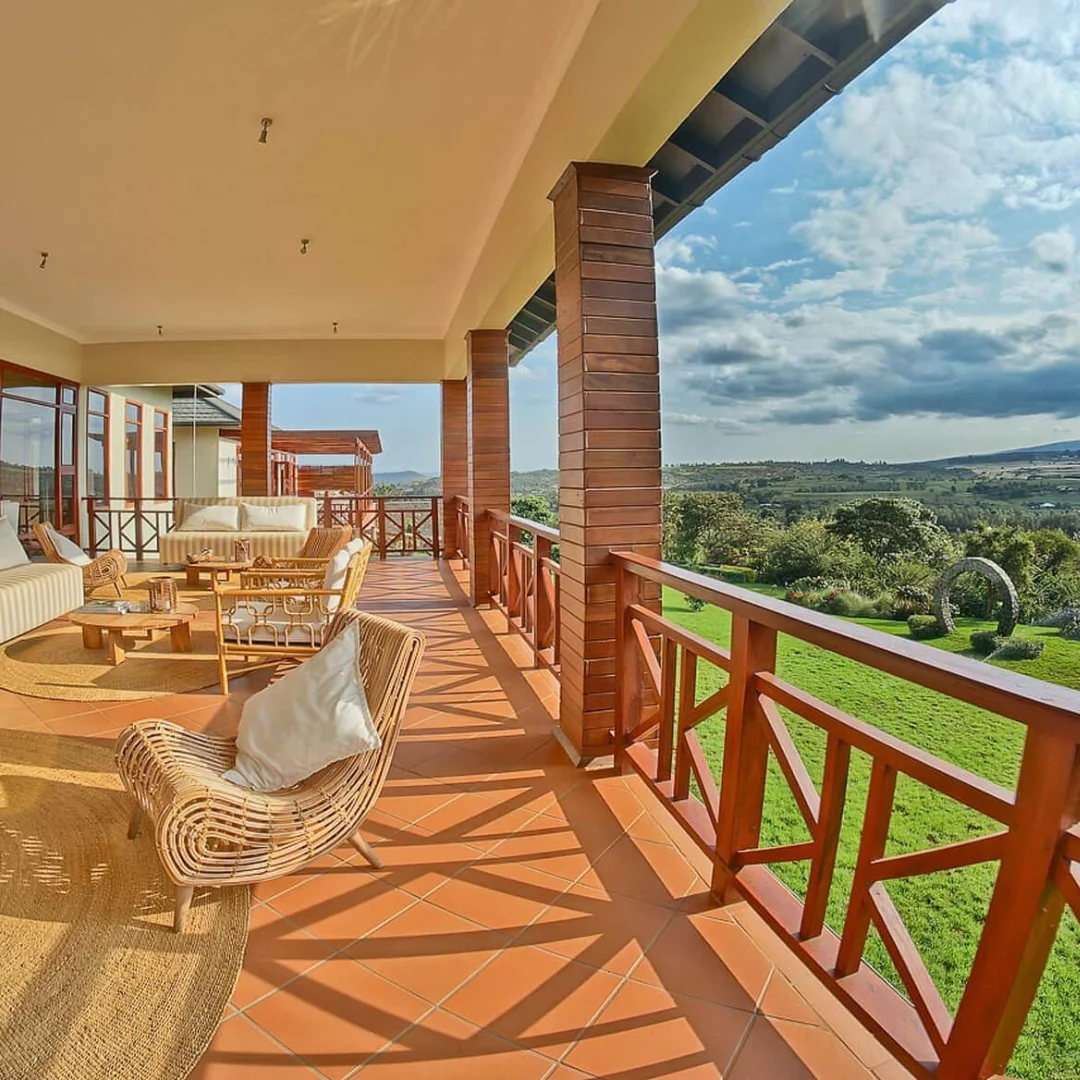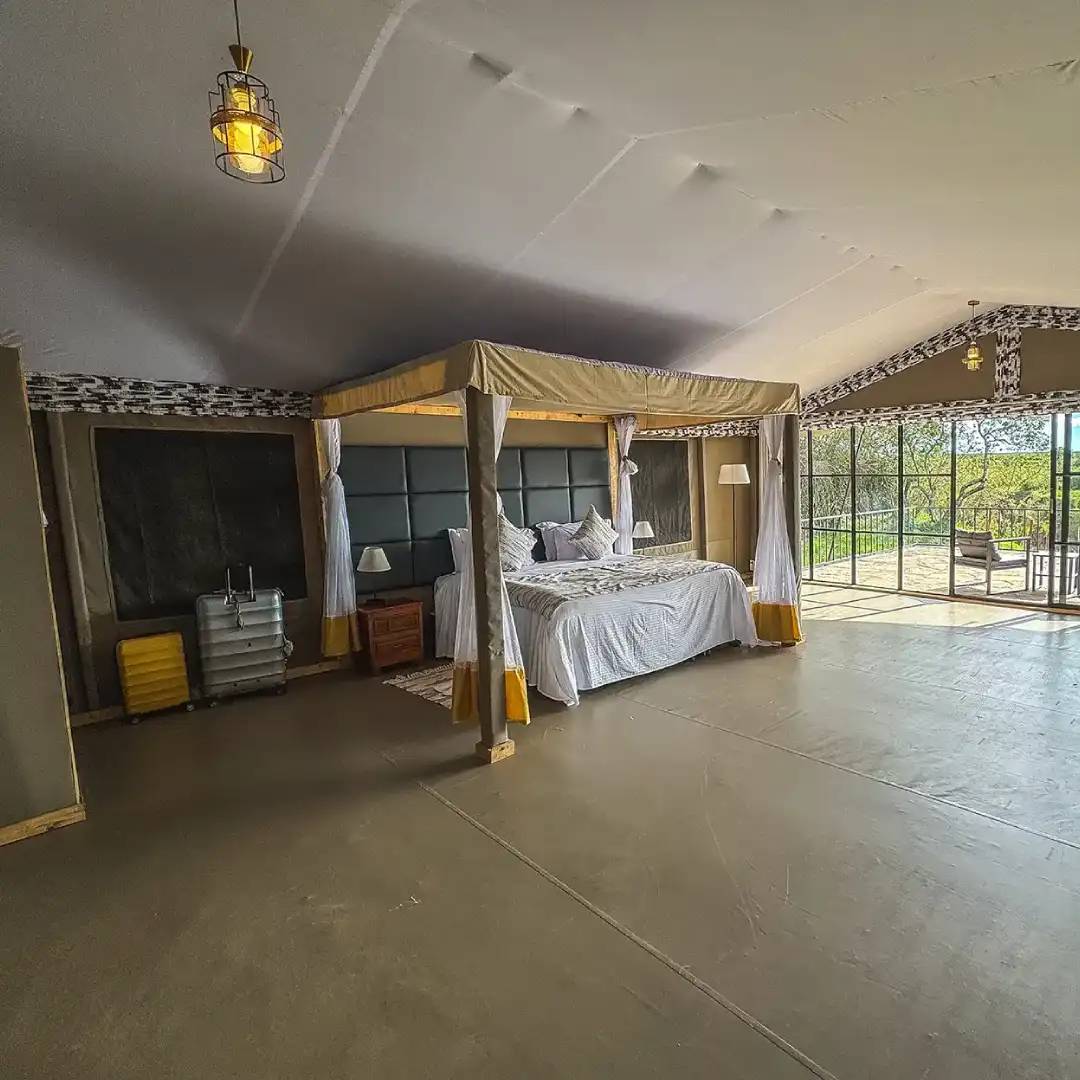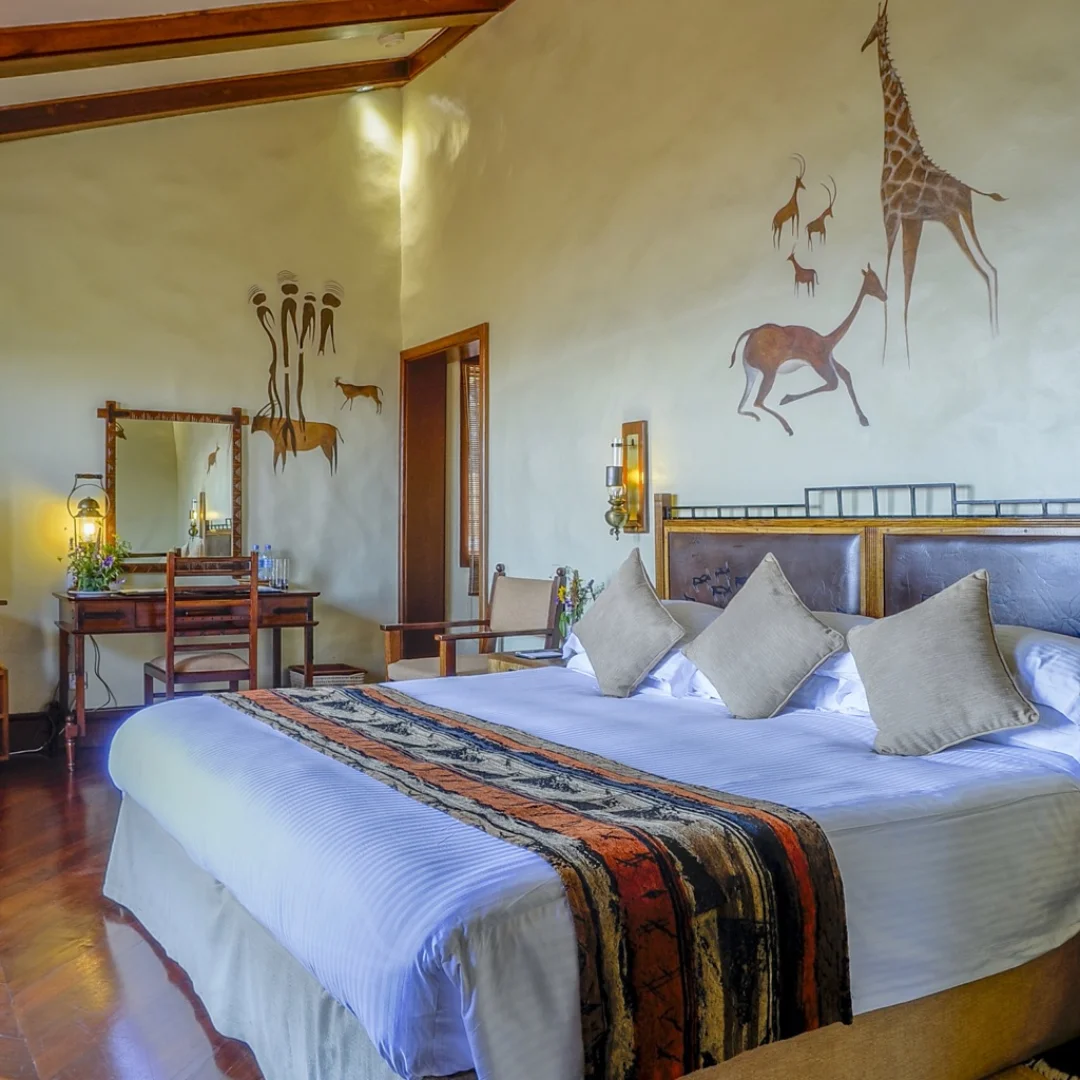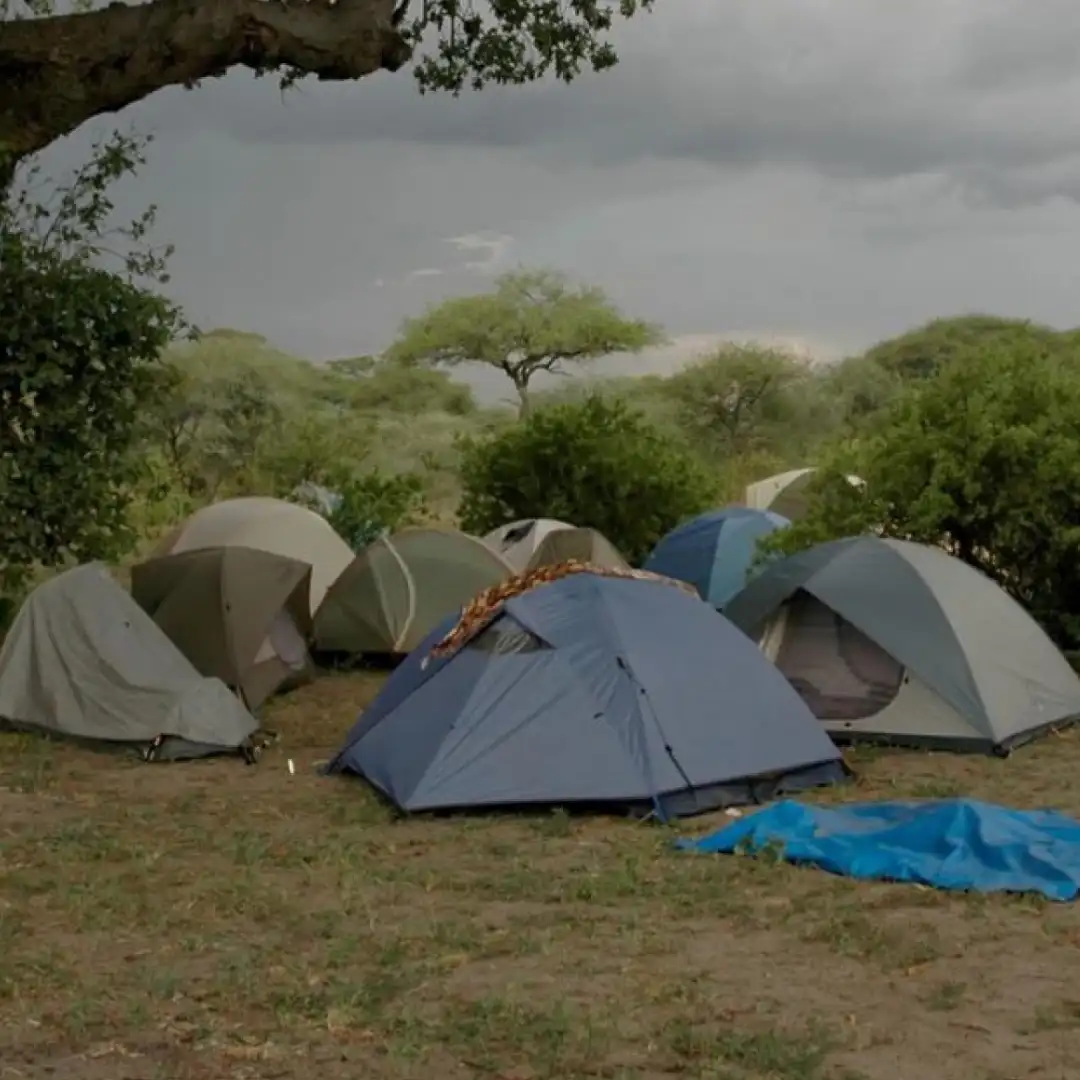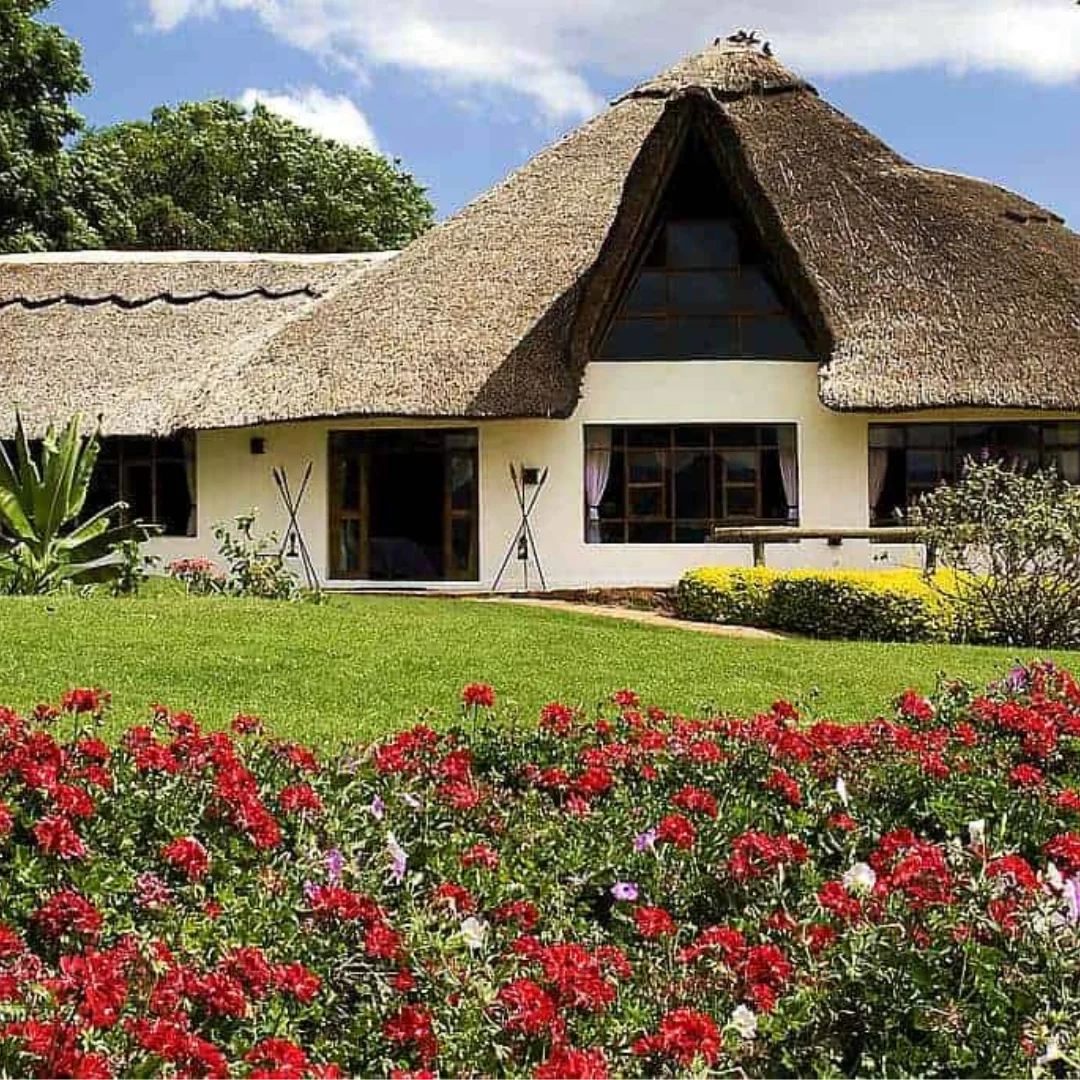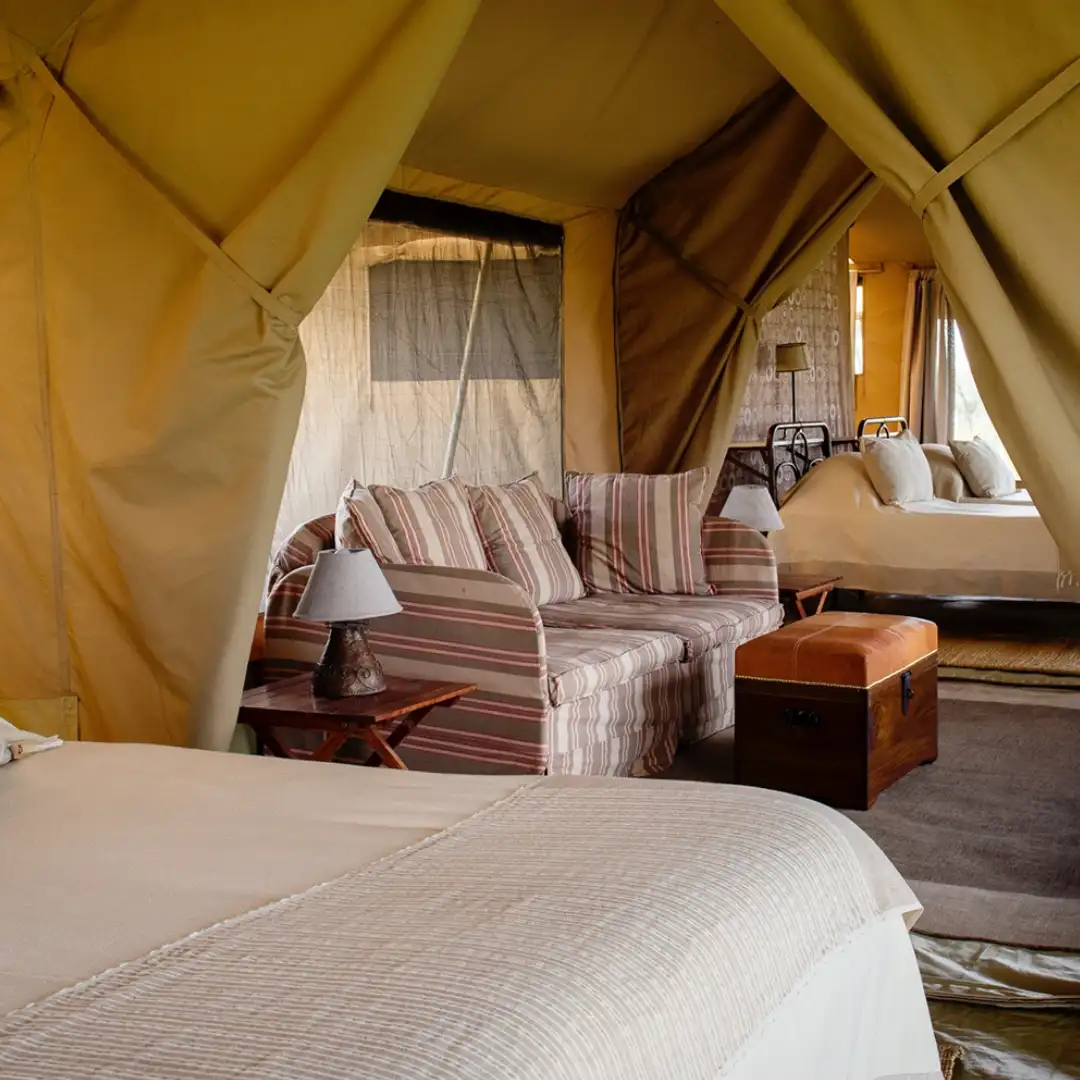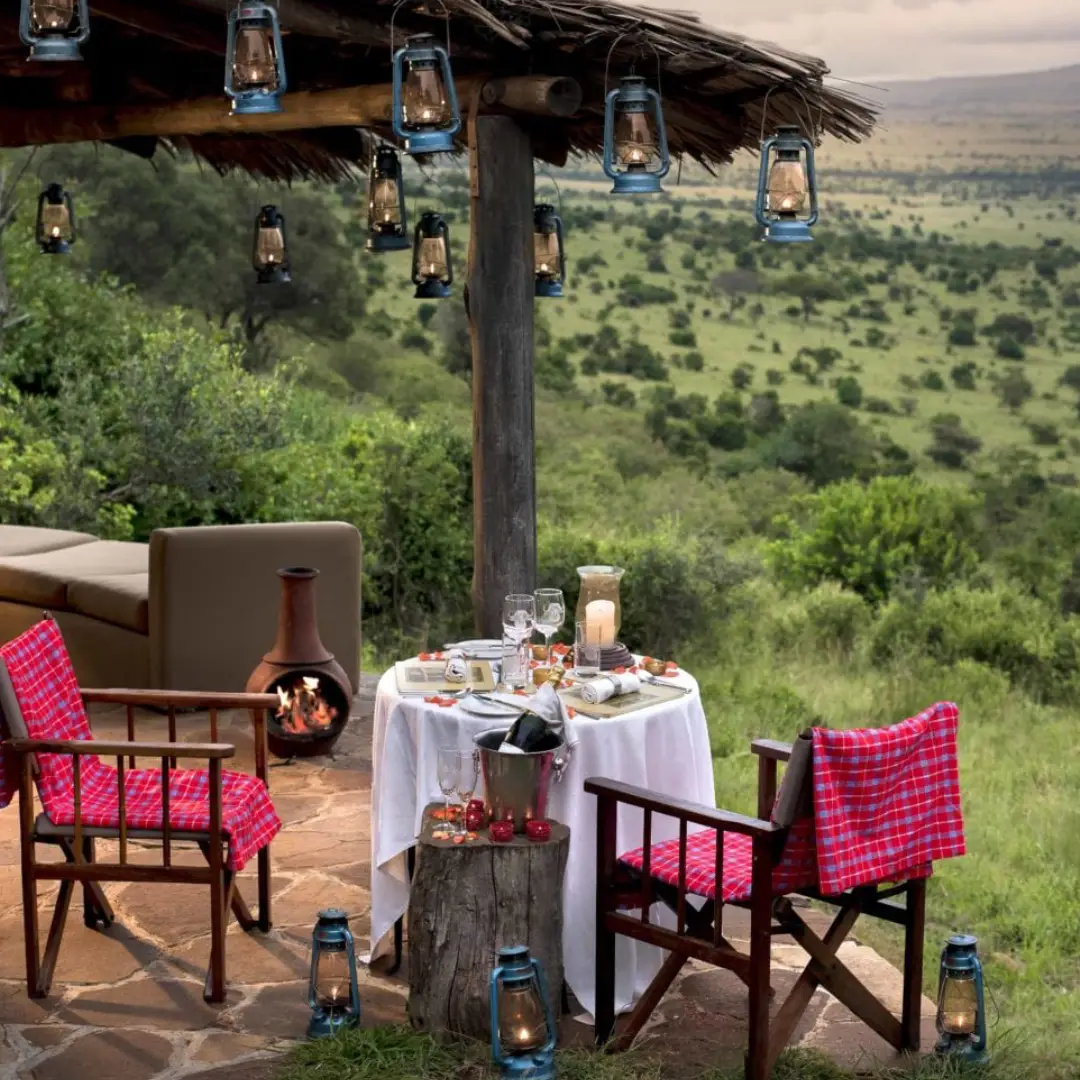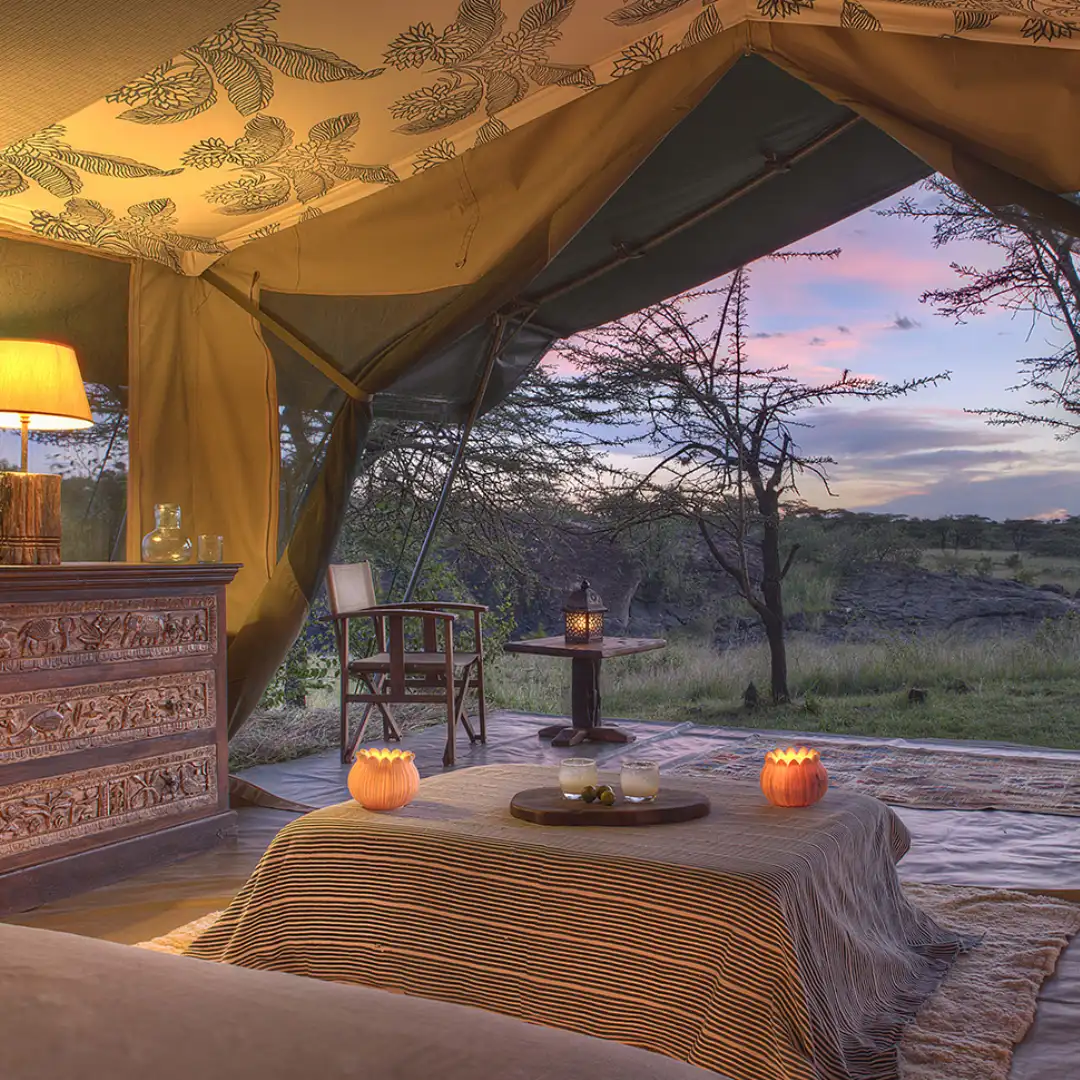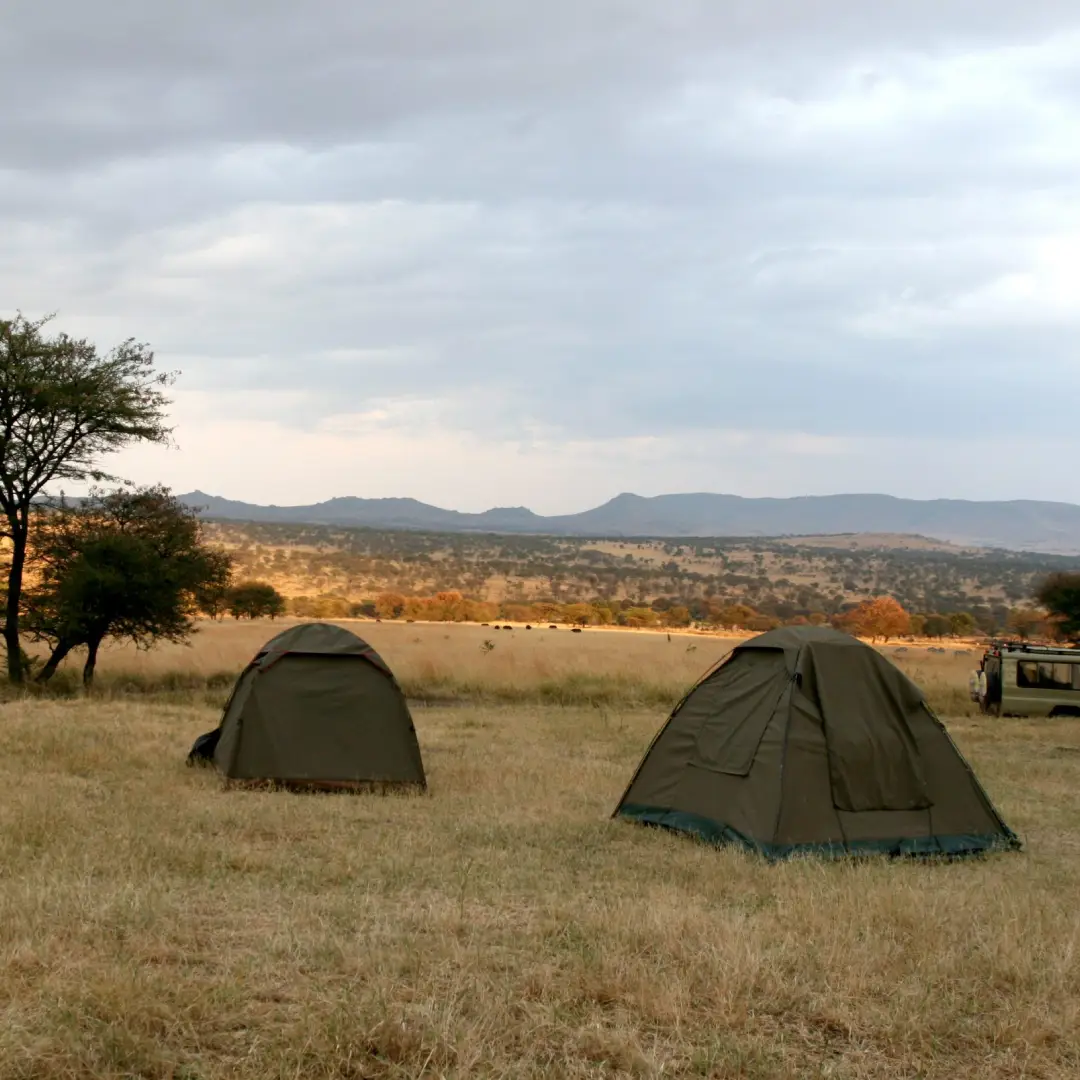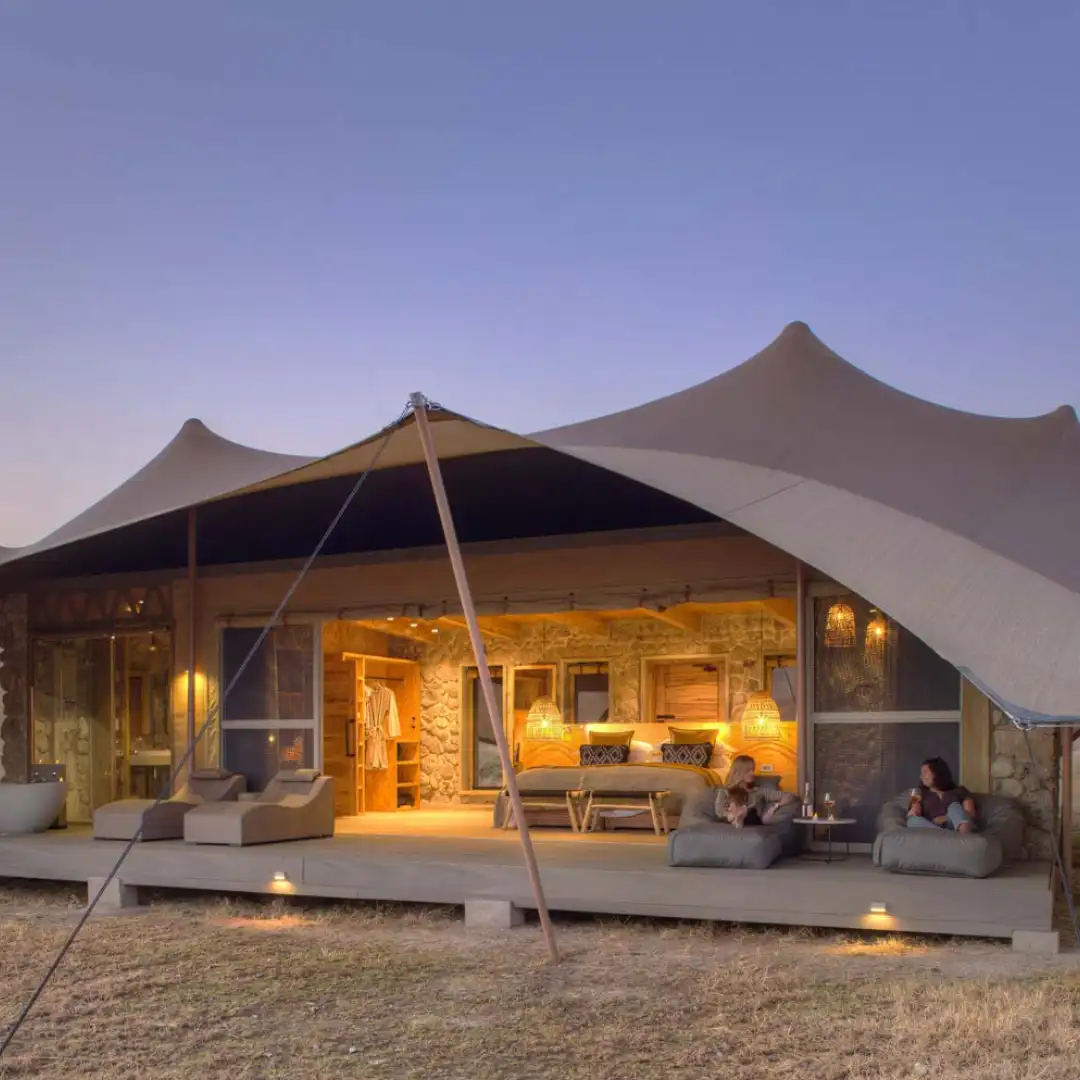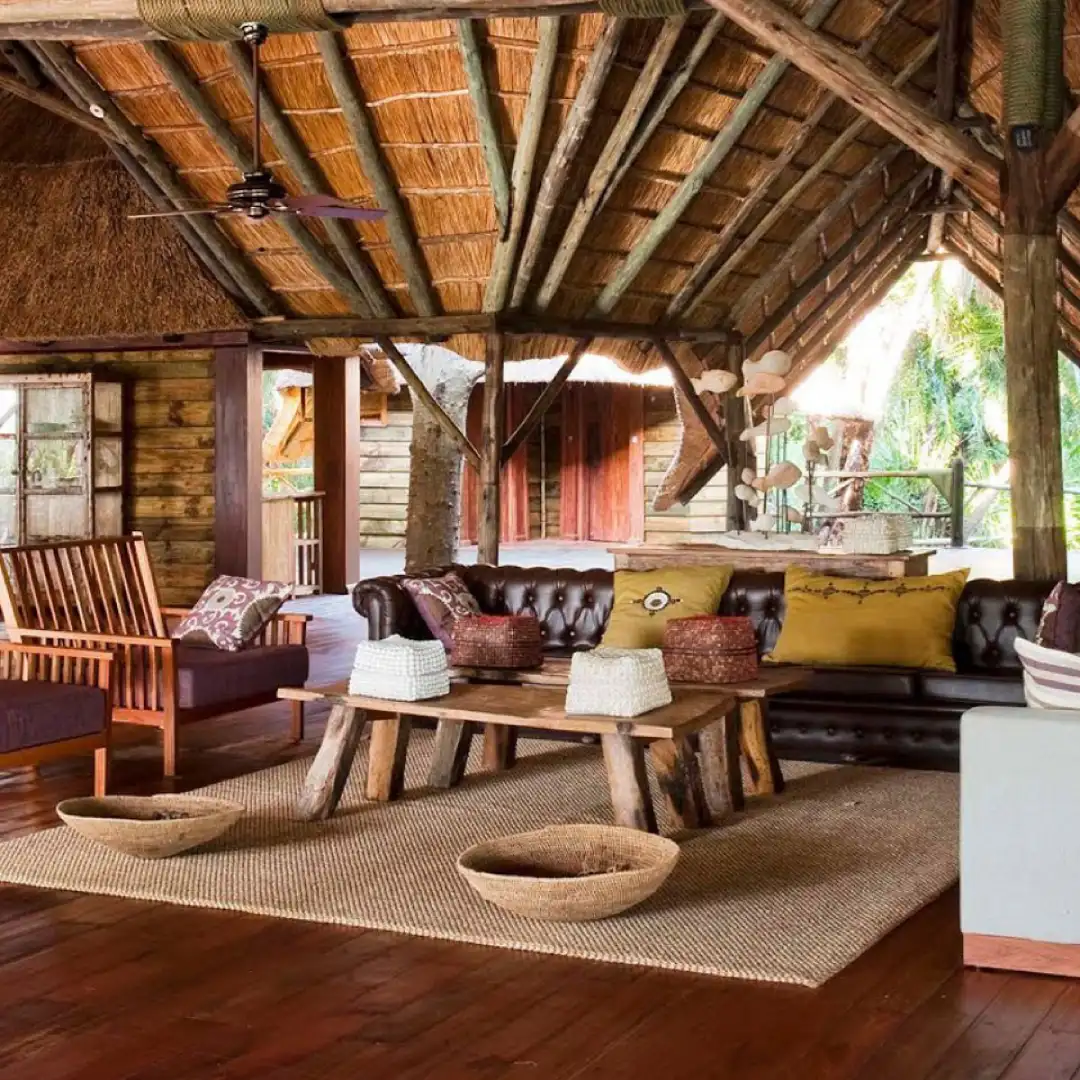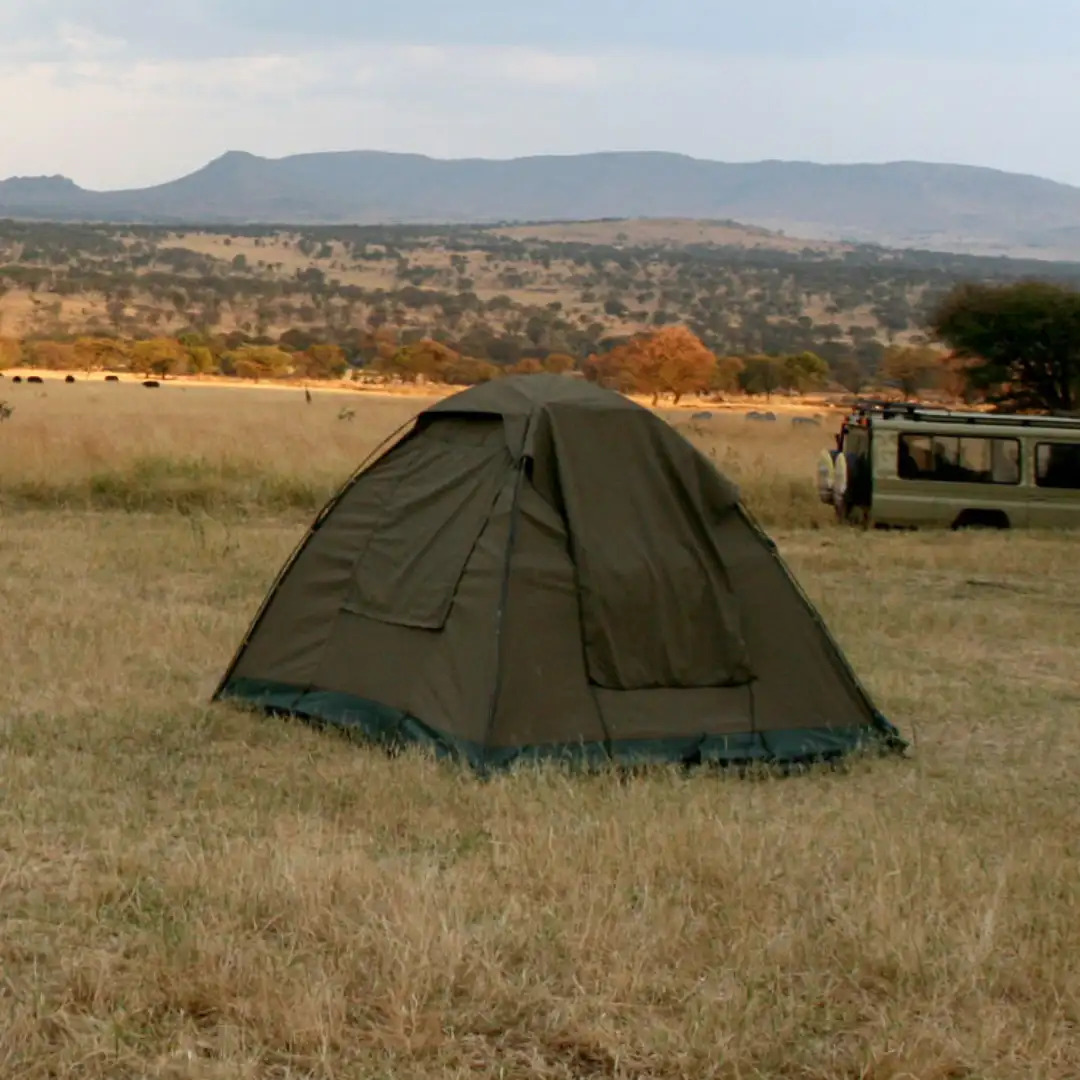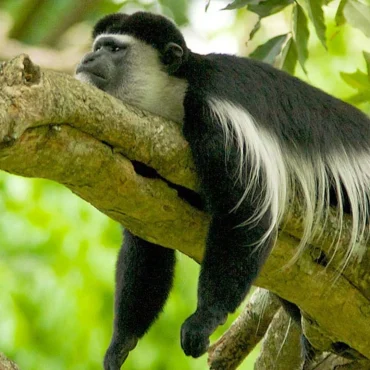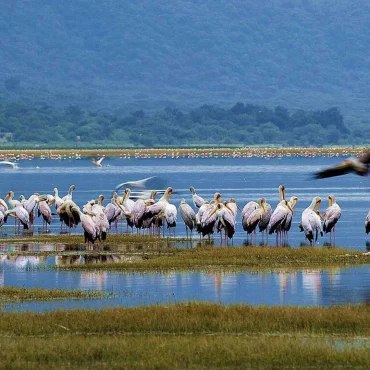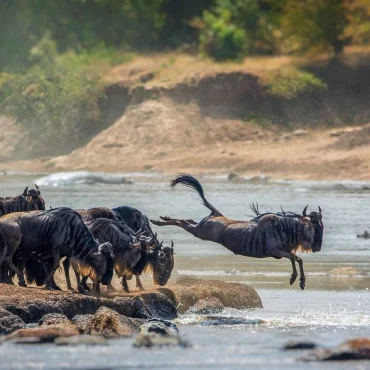Mikumi National Park
Mikumi National Park, located close to Morogoro in Tanzania, spans a massive 3,230 square kilometres, ranking it as the fourth largest national park in the country. It shares a border and an ecosystem with the famous Selous Game Reserve, creating a free-moving space for elephants, buffaloes, and zebras between these areas.
Established in 1964 and expanded in 1975, Mikumi provides a broad and dynamic sanctuary for wildlife. Conveniently accessible via a major highway from Dar es Salaam, it offers an accessible safari experience, perfect for those short on time but eager to explore Tanzania’s wild beauty.
- See a variety of animals roam freely in their natural settings.
- Discover expansive landscapes beneath the Uluguru Mountains.
- Take advantage of the park’s close location to Dar es Salaam for quick trips.
- Delight in the quiet wilderness of Tanzania’s expansive fourth-largest national park.
Mikumi National Park serves as a thrilling introduction to Tanzania’s wildlife, offering easy access and a rich, authentic Tanzania Safari experience close to the city.
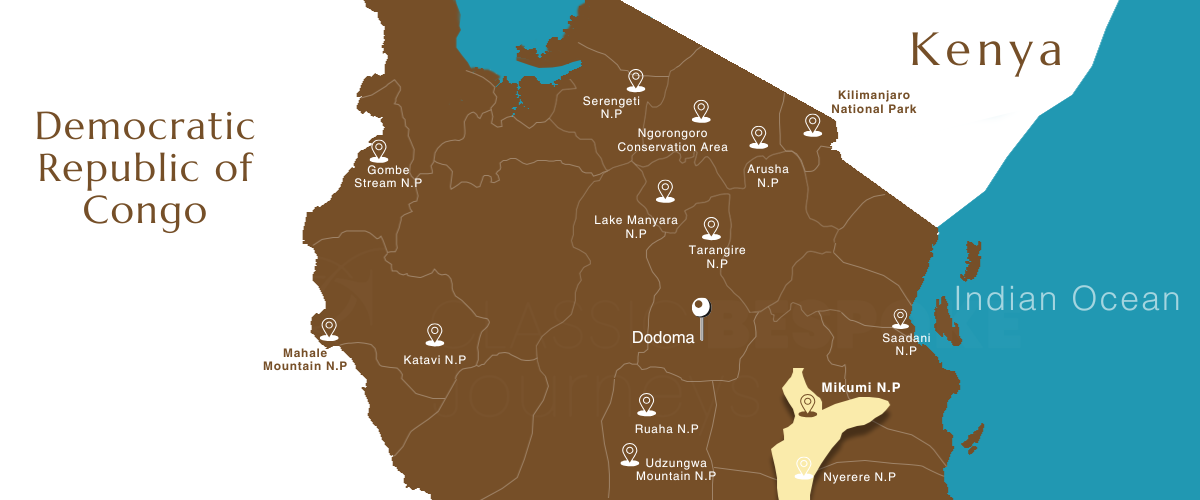
Best Time To Visit
Mikumi National Park’s open horizons offer a Serengeti-like experience with abundant wildlife, perfect for quick yet profound safari adventures.
Mikumi National Park offers stellar wildlife viewing all year, but the Dry season from June to October is ideal. During these months, animals often cluster around waterholes, making them easier to spot amid the sparse vegetation.
This time is perfect for witnessing large herds congregating for water, especially in late September and October. For bird enthusiasts, the Wet season from November to February presents a vibrant time for birdwatching, as migratory species enhance the park’s avian diversity.
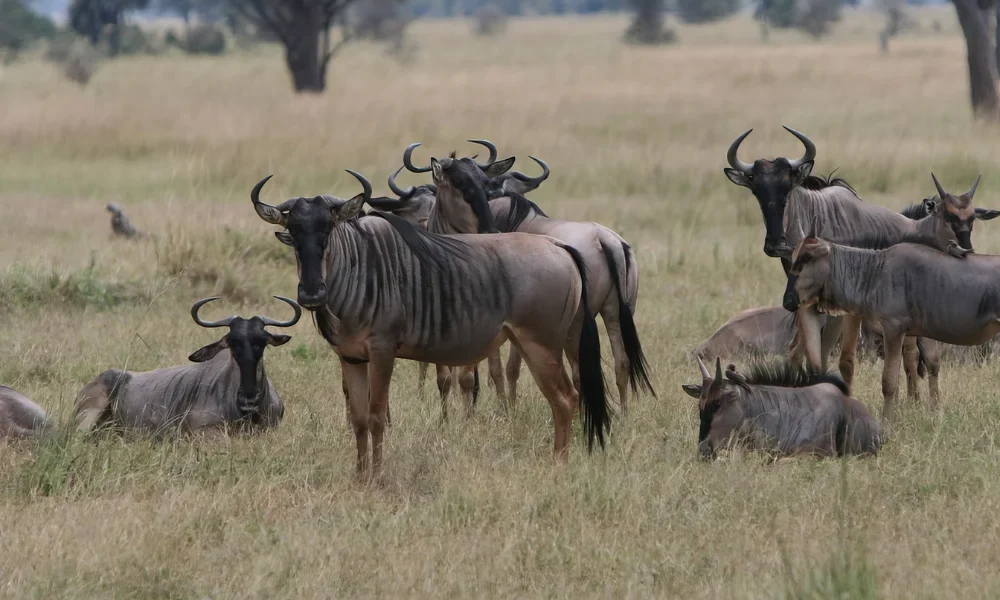
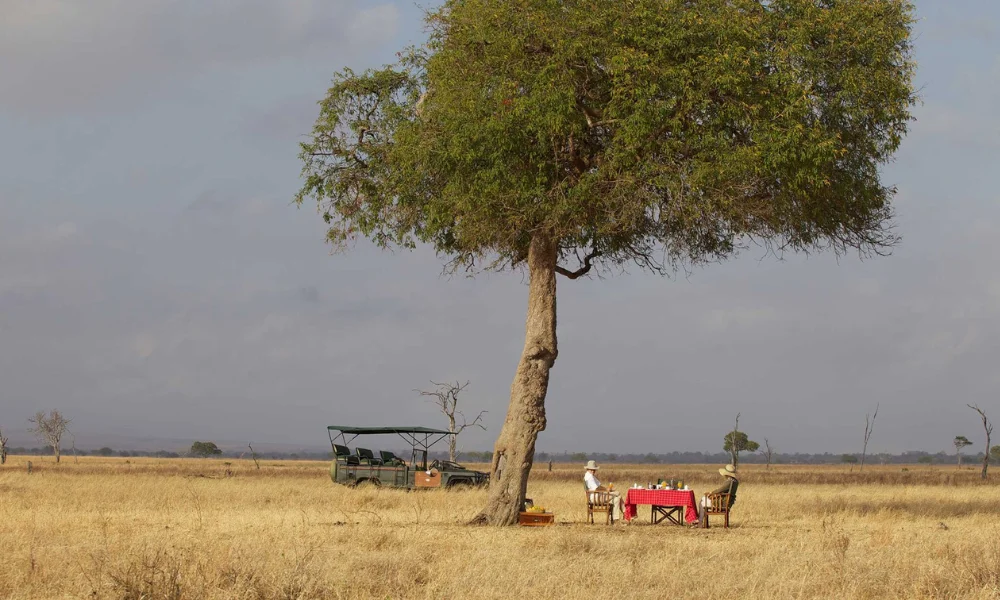
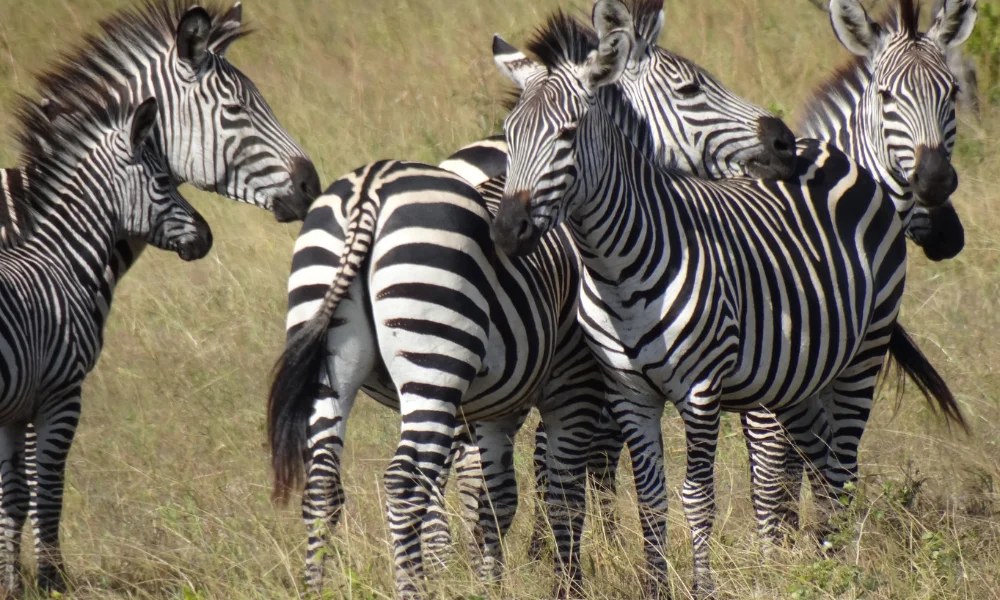
Wildlife
Mikumi National Park is teeming with wildlife, featuring expansive grasslands where zebra, wildebeest, impala, and buffalo roam freely, often hunted by the resident lions. Giraffes can be spotted munching on acacia trees along the Mkata River, an area also frequented by elephants. The park is known for its significant population of yellow baboons, although rhinos are currently absent, with plans to bring them back underway.
The waterholes in Mikumi are bustling wildlife hubs, attracting hippos and herds of elephants, buffalo, zebra, and wildebeest. The park’s vast grasslands are perfect for spotting eland, the world’s largest antelope. Greater kudu and sable antelope prefer the hillier areas adorned with miombo woodlands. Keep an eye out for the rare Lichtenstein’s hartebeest, and don’t miss learning about the ongoing efforts to reintroduce rhinos to their natural habitat.
Mikumi National Park FAQs
Mikumi hosts diverse wildlife, including elephants, giraffes, zebras, and buffalos. Predators like lions and leopards are also common, alongside over 400 bird species, making it a haven for birdwatchers.
Visitors can enjoy game drives, walking safaris, birdwatching, and photography. Cultural tours to nearby villages offer insights into local traditions.
Yes, exploring Mikumi National Park requires a guide for safety and enhances the experience by providing insights into the ecosystem.
Yes, the park is safe, but visitors should adhere to safety guidelines and instructions from guides to ensure a smooth experience.
Yes, it is advised to take malaria precautions and consult a health professional before visiting.
Why Visit Mikumi National Park?
Diversity
Mikumi is home to four of the Big Five, with over 400 bird species.
Birding
A haven for bird enthusiasts, featuring species like the lilac-breasted roller and bateleur eagle.
Picnics
Enjoy family-friendly picnic sites with stunning views of the plains and hills.
Culture
Experience local traditions through village tours and market visits around the park.
Simba
Mikumi offers unique opportunities for close encounters with wild lions.
Safari
Exceptional game drives reveal zebras, lions, giraffes, and more in their natural habitat.
Our Most Popular Tours
What Customers Say About Us





